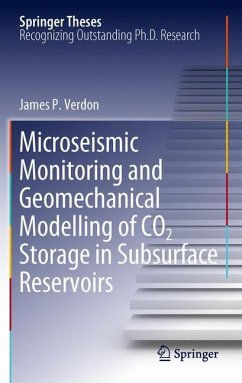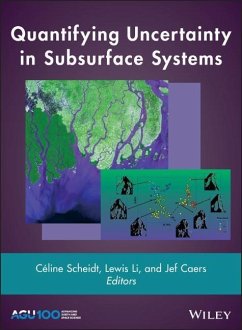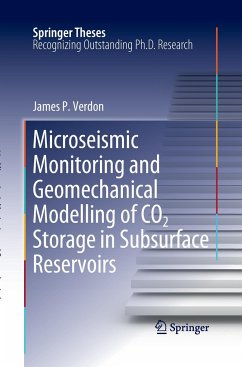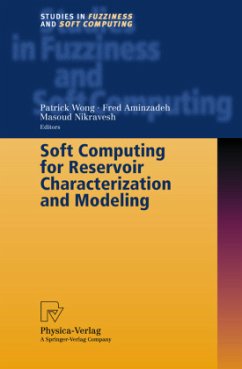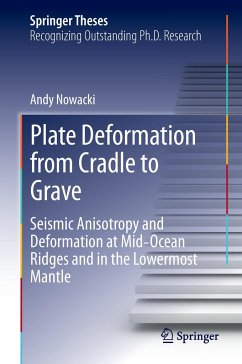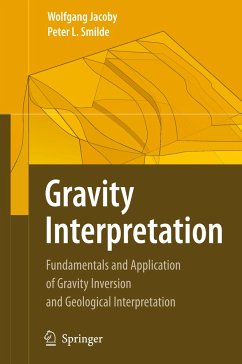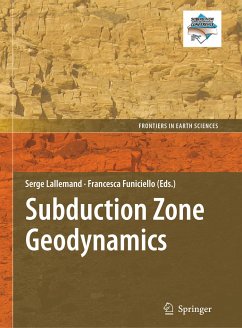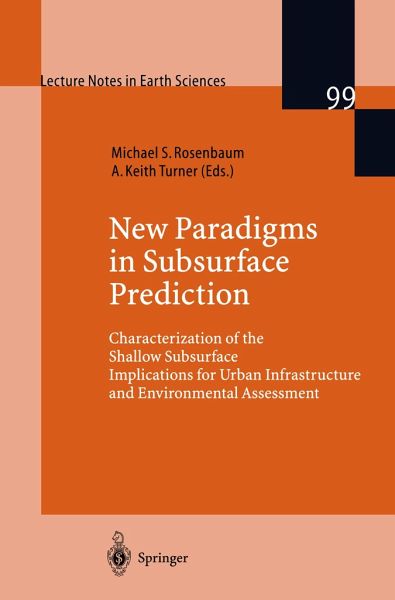
Subsurface Conditions

PAYBACK Punkte
58 °P sammeln!
Characterisation of the shallow subsurface provides civil, geotechnical and environmental applications with precise definitions of geomechanical and geohydrological properties. Over the past decade, the rapid pace of technological innovation has outstripped the ability of many researchers and potential users to evaluate and adopt promising new characterisation methods. Modern information technologies and information management concepts provide the basis of new paradigms and applications. This book defines future research needs for geological modelling and ground characterisation, including better dialogue between data provides and users and faster, better and less expensive methods for the creation and dissemination of subsurface characterisations.
Characterisation of the shallow subsurface has gained in importance as civil and geotechnical engineering and environmental applications have become more dependent on a precise definition of geomechanical and geohydrological properties. A better understanding of the subsurface conditions offers wide-ranging benefits to governments, industry and individual citizens.
Subsurface geological modelling became an economic and technologic reality in the late 1980's, when competing 3-D geoscientific information systems were the subject of considerable research and evaluation, especially by the petroleum exploration industry. Investigations in the shallow subsurface impose additional requirements that have only recently become technically and economically achievable. The very shallow urban underground environment, where many infrastructure and utilities elements are located, presents the most difficult characterisation problems.
Subsurface modelling techniques have matured, along with modern data base concepts. The evolution of the Internet and Web-browser technologies has expanded information transmission and dissemination capabilities. Subsurface models are being integrated with decision-support systems to provide predictions of technical and economic performance. Yet even the most sophisticated of these models leave some uncertainty in geologic interpretation. A variety of techniques for assessing uncertainty have been developed and are being evaluated.
Subsurface geological modelling became an economic and technologic reality in the late 1980's, when competing 3-D geoscientific information systems were the subject of considerable research and evaluation, especially by the petroleum exploration industry. Investigations in the shallow subsurface impose additional requirements that have only recently become technically and economically achievable. The very shallow urban underground environment, where many infrastructure and utilities elements are located, presents the most difficult characterisation problems.
Subsurface modelling techniques have matured, along with modern data base concepts. The evolution of the Internet and Web-browser technologies has expanded information transmission and dissemination capabilities. Subsurface models are being integrated with decision-support systems to provide predictions of technical and economic performance. Yet even the most sophisticated of these models leave some uncertainty in geologic interpretation. A variety of techniques for assessing uncertainty have been developed and are being evaluated.





